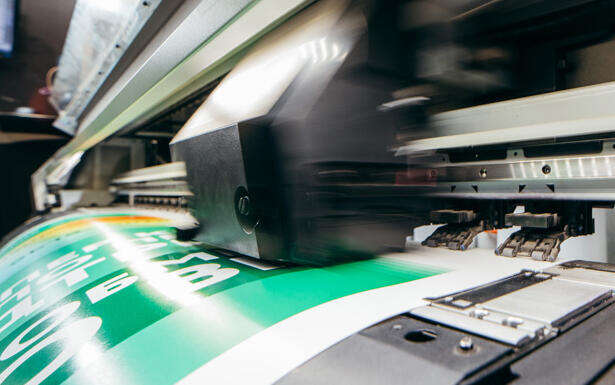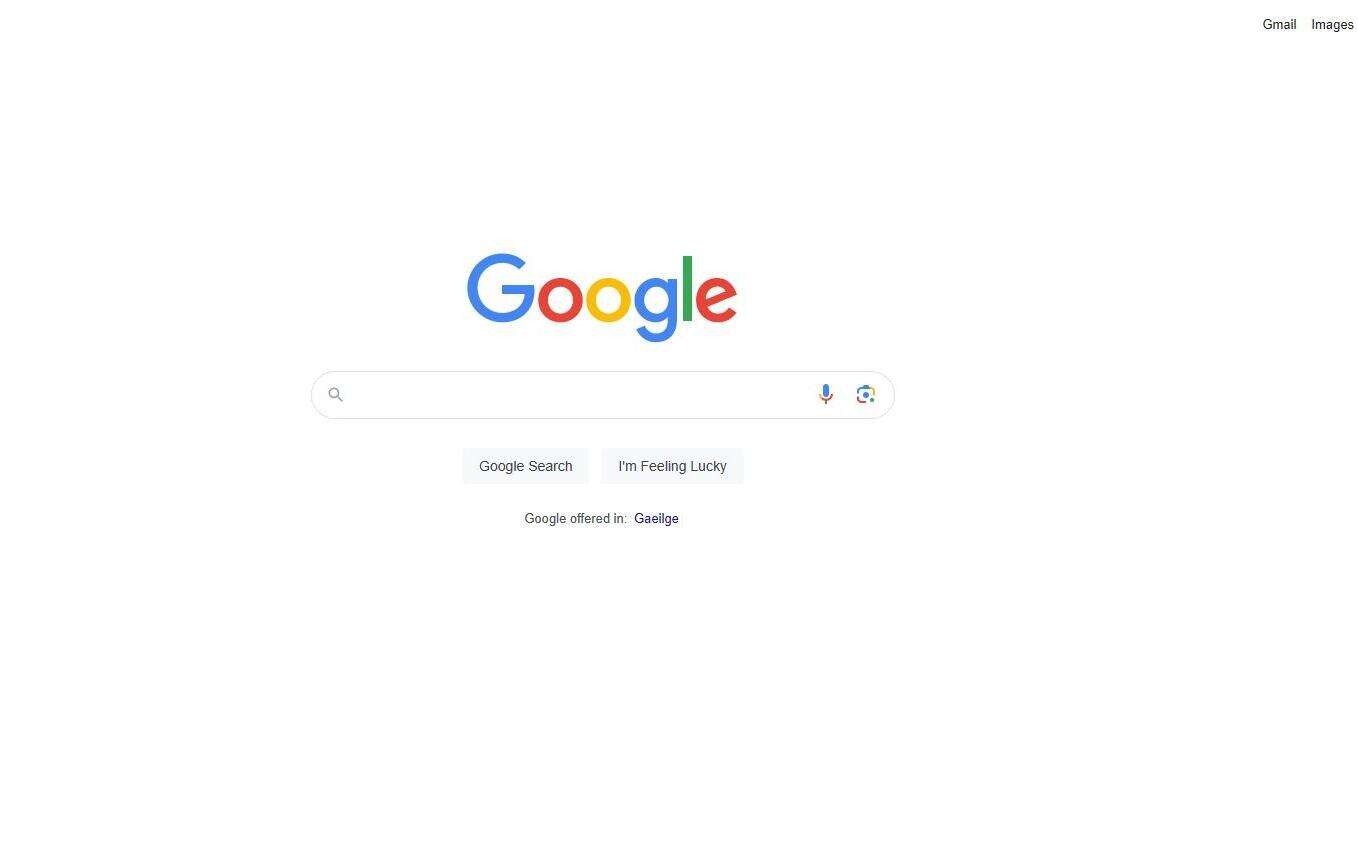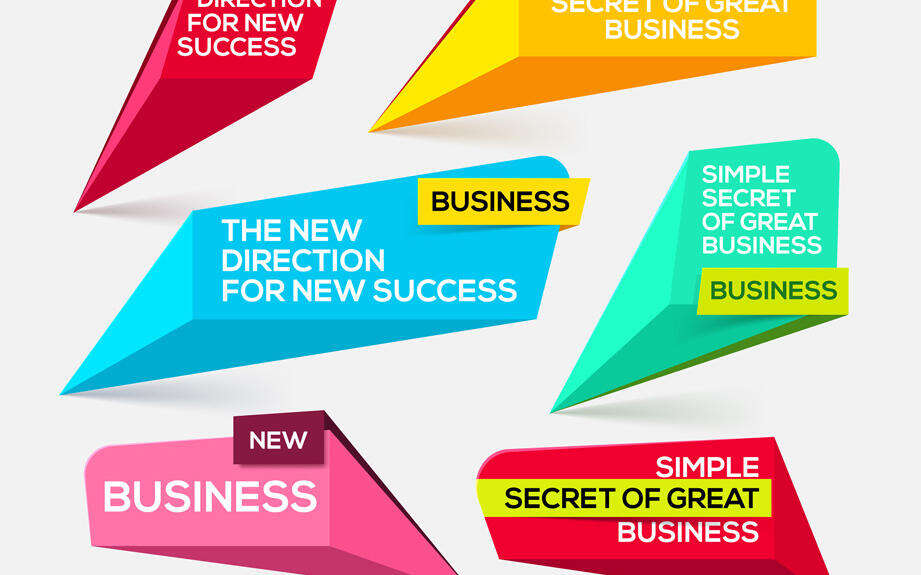Merging Graphic Design with Copywriting: A Guide to Effective Flyer Creation
In the realm of marketing, the delicate interplay of graphic design and copywriting often takes centre stage. This is especially true for tangible materials like flyers, where the constraints of space meet the imperative to engage and persuade. In this article, we’ll delve into the magic of combining visual and textual elements to create impactful flyers.
1. Delving Deeper into Copywriting: Its Significance in Flyers
Copywriting is not just about putting words on paper; it's a meticulous process of curating persuasive text that drives marketing and advertising campaigns. At its core, it combines psychology, creativity, and strategy to resonate with audiences, aiming to both inform and influence them. This persuasion-centric writing promotes brand recognition, drives sales, and encourages brand loyalty.
When it comes to flyers—a popular physical marketing tool—copywriting is the heartbeat. Imagine a flyer as a silent salesman. While an attractive design pulls people in, it's the compelling copy that sells the message or product. Without powerful copy, even the most eye-catching flyer may lack effectiveness, akin to a visually stunning book devoid of meaningful content. Thus, for a flyer to achieve its potential, the design and copy must harmoniously coalesce, ensuring readers not only grasp the intended message but also feel motivated to act.
2. The Art of Crafting a Magnetic Headline for Your Flyer
A flyer's headline is often likened to a film's opening scene—it sets the stage, introduces the narrative, and determines if the audience will stay engaged. Given its paramount significance, creating an effective headline requires thoughtful consideration. Here's a more detailed breakdown of the principles mentioned earlier:
- Clarity is Key:
- What it Means: Avoiding unnecessarily intricate language or industry-specific jargon that might alienate or confuse readers.
- Why it's Important: Your audience, regardless of their background, should immediately grasp your headline's message. A headline lost in translation can result in missed opportunities.
- Example: If promoting a revolutionary tech product, instead of saying "Innovative XYZ Algorithm Launched," a clearer alternative could be "Experience Faster Speeds Like Never Before!"
- Stir Emotions:
- What it Means: Creating a connection with the reader by evoking specific emotions.
- Why it's Important: Emotional resonance can make a headline memorable, and it's a powerful motivator for action.
- Example: Consider a pet adoption campaign. "Find Your Furry Best Friend Today!" might resonate more than "Pets Available for Adoption."
- Brevity Packs a Punch:
- What it Means: Keeping the headline concise without compromising its clarity or impact.
- Why it's Important: In our rapid-consumption world, shorter headlines are more likely to retain a reader's attention.
- Example: Instead of "Check Out Our Newly Released Range of Designer Footwear," you might opt for "Unveiling: Designer Shoes Await!"
- Incorporate Numbers or Statistics:
- What it Means: Introducing quantifiable figures to substantiate claims or highlight value.
- Why it's Important: Numbers stand out in a sea of words, offering specificity and credibility.
- Example: When promoting an online course, "Master Photography: 10,000+ Satisfied Students" can be more compelling than "Join Our Photography Course."
In essence, every word in your flyer's headline should serve a purpose. It's a distilled essence of your message, a beckoning gateway. Whether a person delves deeper into the flyer or moves on often hinges on the potency of this succinct phrase. Craft it with care and precision.
3. Key Elements in a Flyer's Copy and Design
A compelling flyer isn't just about its headline; it's an orchestra of design and text components, each playing a significant role. Let's delve deeper into the integral parts that make up an effective flyer:
- Subheadline:
- What it Means: A supportive sentence or phrase that elaborates on the main headline.
- Why it's Important: It bridges the gap between the headline's intrigue and the body copy's detailed information. The subheadline further piques interest while offering clarity.
- Example: If the headline reads, "Summer's Biggest Sale!", the subheadline could be "Up to 50% off on all your favorite brands."
- Body Copy:
- What it Means: This is the meat of your flyer where you delve into specifics.
- Why it's Important: It informs readers about the nitty-gritty, providing necessary details, features, or benefits. While headlines grab attention, the body copy retains it and nudges readers towards action.
- Example: For a travel agency's flyer with a headline "Escape to Paradise!", the body copy might discuss travel package details, destinations, amenities, and testimonials.
- Images/Graphics:
- What it Means: Visual representations that accompany and support your written content.
- Why it's Important: A picture speaks a thousand words. Relevant and striking visuals can enhance understanding, create an emotional connection, and make your flyer aesthetically pleasing.
- Example: If promoting a bakery's new range of pastries, using mouth-watering images of the desserts can exponentially boost the flyer's allure.
- CTA (Call to Action):
- What it Means: A clear directive telling readers the step you want them to take next.
- Why it's Important: A strong CTA serves as a beacon, guiding readers towards a specific action, be it purchasing, signing up, attending an event, or any other desired outcome.
- Example: For a fitness center's flyer, after detailing a new membership offer, the CTA might read: "Limited Spots Available! Register Today and Kickstart Your Fitness Journey."
Remember, the goal of these elements is to create a seamless journey for the reader: from capturing attention with the headline to delving deeper with the body copy, enriched by impactful visuals, and culminating in a compelling CTA. Every component has its role, and when designed cohesively, they can collectively make your flyer a persuasive marketing tool.
4. Incorporating Testimonials and Social Proof
Social proof, such as testimonials, can significantly increase the credibility and persuasiveness of your flyer. Here's how to use them effectively:
- Use Real Testimonials: Always ensure testimonials are genuine. Using fabricated ones can severely damage your brand's reputation.
- Include Photos: If possible, include a photo of the person giving the testimonial for added authenticity.
- Highlight Key Phrases: Make important parts of the testimonial stand out using bold or italics.
5. Perfecting Your Approach: The Importance of a Flyer Test Run
Embarking on a comprehensive flyer campaign can be resource-intensive. Before committing entirely, it's prudent to conduct a smaller test run to gauge its effectiveness and identify areas for improvement. Here's a detailed breakdown of the process:
- Choose a Sample Group:
- What it Means: Selecting a specific subset of your intended audience to target during the test run.
- Why it's Important: By focusing on a representative group, you get a clearer understanding of how your larger audience might react without expending all your resources.
- Example: If your flyer targets pet owners in a city, your sample group could be pet owners in a specific neighborhood or attendees of a local pet-related event.
- Distribute the Flyer:
- What it Means: Sharing your flyer with the sample group using your intended method of distribution.
- Why it's Important: This helps you evaluate the effectiveness of your distribution strategy and identify any logistical challenges.
- Example: If you're planning a city-wide distribution, test by distributing in one locality first. This might involve handing out flyers at a popular community center or placing them in local shops.
- Gather Feedback:
- What it Means: Collecting responses, reactions, and data based on how the sample group interacted with your flyer.
- Why it's Important: Feedback provides invaluable insights into what's working and what isn't. It's an opportunity to understand your audience's perspective.
- Example: If promoting a new cafe, a QR code on the flyer could lead users to a short survey about the cafe's offerings. Alternatively, a unique discount code can help track sales directly resulting from the flyer.
- Analyse & Adjust:
- What it Means: Reviewing the feedback and data collected to refine and enhance your flyer before broader distribution.
- Why it's Important: Every successful campaign is rooted in adaptability. By iterating based on real-world feedback, you increase the potential success of your larger campaign.
- Example: If feedback indicates confusion over a promotional offer's terms, you might decide to clarify that section of the body copy or emphasize it more prominently in your design.
In essence, a test run acts as a rehearsal, allowing you to finetune your performance before the main event. By understanding its nuances, you're better equipped to maximize the ROI of your flyer campaign.
Time for Designs: Your Partner in Crafting Effective Flyers
Creating an impactful flyer isn’t just about design or just about copy—it's the seamless marriage of both. At Time for Designs, we understand this intricate balance. We don’t just design; we communicate. We don’t just write; we craft stories.
If you're looking to transform your ideas into tangible, compelling flyers that resonate with your target audience, we're here to guide you every step of the way. Let's begin with a conversation. Call in and let us help you make the right impression.








Comments (0)
Add a Comment